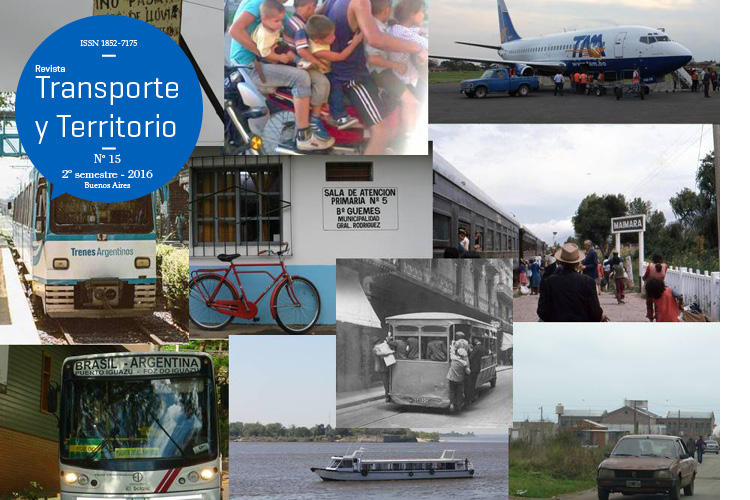A trajectory towards unsustainability? Land mobility in Santa Cruz island, Galapagos
Keywords:
ground transport, islands, deregulation, continentalisation
Abstract
The model of terrestrial mobility on an island of the Galapagos archipelago was analyzed, from c.1990 to 2014, to see if it is moving towards sustainability or towards an unsustainable model based on motorized vehicles powered by fossil fuels. Although the local population still prefers to move on foot or by bicycle, and bikeways have been built, the number of motor vehicles has also increased greatly, especially taxis and motorcycles, many entered illegally. This occurs because of different factors: the increase of tourism and resident population, the urban sprawl of Puerto Ayora, the choice of housing sites away from the city center, the distinction conferred by motor vehicles, and lack of control and regulatory compliance. The power of the taxi-owners is one of the main impediments to strengthen mass transportation of quality, in what would be another symptom of continentalization of that island. The case is considered in the light of the reflections on Galapagos and sustainable mobility systems on other island cities in the world.Downloads
Download data is not yet available.
How to Cite
Cuvi, N., & Guijarro, D. (1). A trajectory towards unsustainability? Land mobility in Santa Cruz island, Galapagos. Revista Transporte Y Territorio, (15), 216-240. https://doi.org/10.34096/rtt.i15.2859
Section
Artículos

1.jpg)

3.png)























